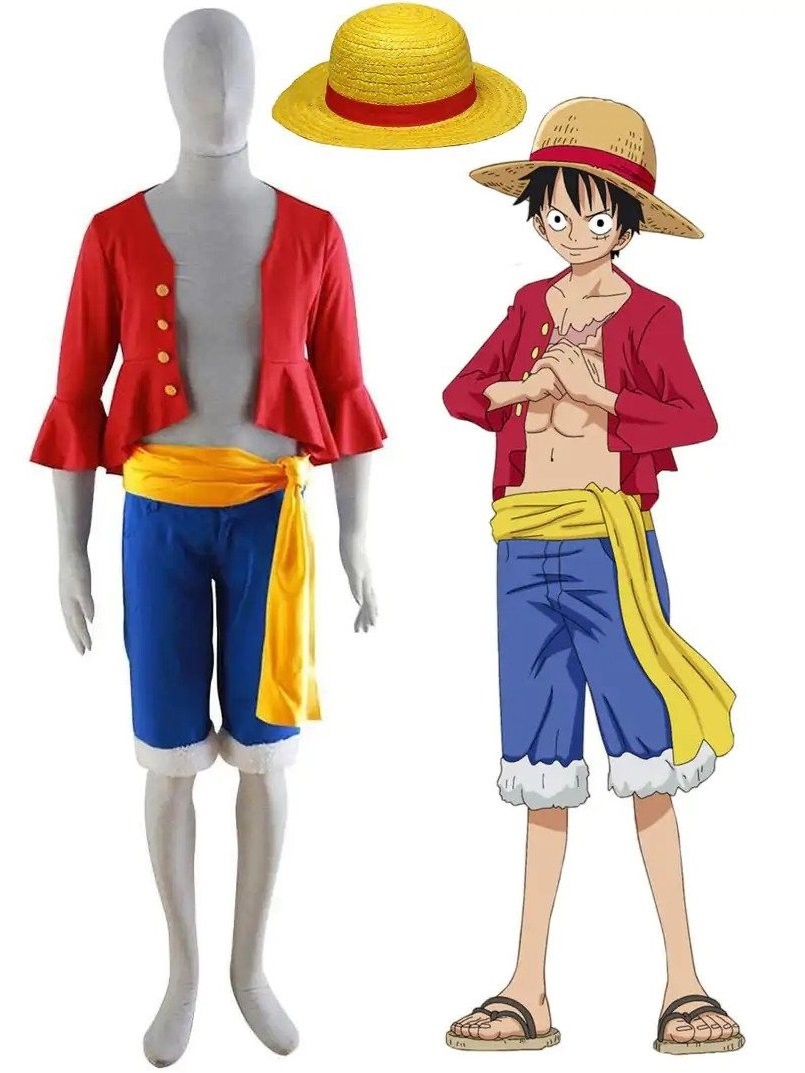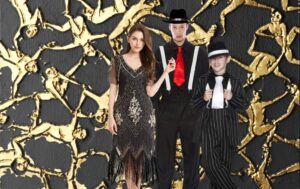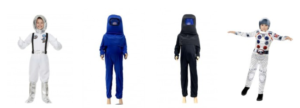Difference Between Anime Cosplay Costumes For Men & Women?

Anime cosplay, an art form that has transcended borders, is a vibrant expression of fandom where enthusiasts emulate their favourite characters through costume, makeup, and behaviour. This creative endeavour showcases a deep appreciation for anime, with participants often investing significant time and resources into crafting or acquiring the perfect costume. While the essence of cosplay is universal, there are notable differences in the approach and execution of anime cosplay costumes for men and women. These distinctions are rooted in the diverse character designs and cultural norms present within the anime genre, leading to unique challenges and considerations for cosplayers of different genders.
Character Designs and Costume Complexity
One of the primary differences between male and female anime characters, and thus their cosplay costumes, lies in the character design. Female characters often have more elaborate and intricate costumes, featuring a wide range of accessories, layers, and sometimes complex colour schemes. These costumes may include detailed dresses, skirts, and high heels, often with specific patterns or embellishments that require precise replication for an accurate cosplay. In contrast, male characters tend to have simpler, more streamlined designs. Their costumes often consist of pants, shirts, jackets, and sometimes capes or armour, but generally with fewer embellishments than their female counterparts.
Cultural Influences and Expectations
Cultural influences play a significant role in shaping the design of anime characters and, by extension, their cosplay representations. In many anime, female characters are designed with a focus on aesthetic appeal, incorporating elements of kawaii (cuteness) or moe (a specific type of cuteness and appeal), which are significant aspects of Japanese culture. This often results in more visually striking and sometimes sexualised costumes for women. Men’s costumes, while also designed with an eye for appeal, tend to emphasise traits like strength, coolness, or ruggedness, leading to different aesthetic priorities in their design and cosplay representation.
Physical Considerations and Modifications
Cosplayers often face the challenge of physically embodying their chosen character, which can differ significantly between genders. Women might need to employ wigs, special makeup techniques, or body modifications (such as padding to achieve a character’s silhouette) to more closely resemble female anime characters, who often have exaggerated physical features. Men might also use wigs and makeup but generally face different challenges, such as achieving a character’s muscular build or height, which can require the use of lifts in shoes or body suits that add bulk.
Access to Resources and Skill Sets
The difference in costume complexity and cultural expectations impacts the resources and skills required for men’s and women’s cosplay costumes. Women might need to master a broader range of crafting skills, including sewing intricate designs, creating accessories, and applying detailed makeup. Men, while certainly also needing a skill set that includes tailoring and prop-making, might focus more on armour crafting or the creation of weapons, reflecting the more frequent depiction of male characters in action-oriented roles.
Community and Perceptions
The cosplay community is generally supportive and inclusive, but societal perceptions can influence the experience of male and female cosplayers differently. Women may face more scrutiny over their costume choices, especially if their costume is seen as too revealing or not accurate enough, reflecting broader societal attitudes towards women’s attire. Men might face different challenges, such as societal expectations about masculinity that can make it difficult for some to choose costumes from a wide range of male characters, especially those with more androgynous or unconventional designs.
Summing up, while the goal of anime cosplay is the same for men and women—to embody and pay homage to beloved characters—the path to achieving this goal diverges significantly due to differences in character design, cultural influences, physical considerations, available resources, and societal perceptions. Despite these differences, the essence of cosplay as a form of expression and community remains constant, uniting cosplayers in their shared passion for anime and its rich, diverse world of characters.






